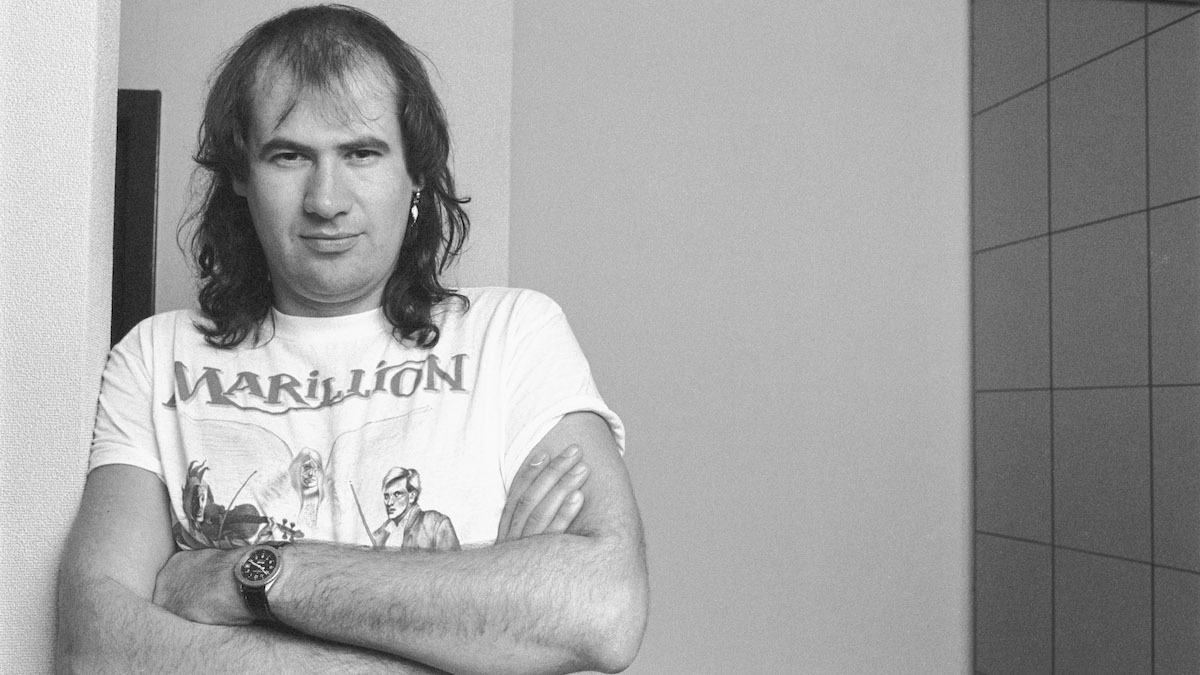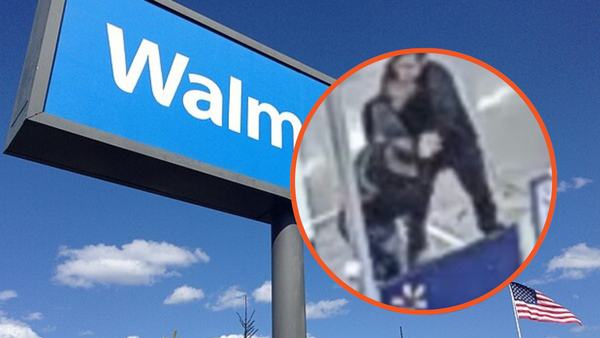
Marillion wanted to make a concept album, but their record company wanted them to write a hit – the classic clash of art versus cash. But Marillion had a solution: they would write a concept album… with a huge hit. The story of Kayleigh starts out on a high, but make sure you have your tissues ready.
UK progressives Marillion's third album, Misplaced Childhood, was their most successful, with lead single Kayleigh also being by far the band’s biggest hit, reaching the number 2 spot in the UK in 1985.
Misplaced Childhood was intended as a pure concept album inspired by a 10-hour LSD trip, but record label EMI insisted on a hit record, so Marillion recorded the track Kayleigh to go on it. If only all bands could do that.
The Background
Kayleigh was anything but a concept single in terms of its sound, a straight up hit record that could be played (and is probably still being played) on any MOR or rock radio station, anywhere in the world. But the lyrics behind it were written about darker ideas, mostly lead singer Fish's inability to keep a relationship going.
I’d wanted to write a song about a girlfriend I’d split up with, whose name was Kay, which of course we couldn’t do. So we added her middle name, Lee, and it became Kayleigh instead.
Fish
The track and indeed the album were recorded at Hansa Tonstudio in Berlin. The video (above) was also shot in Berlin and features Fish's then wife, German model Tamara Nowy. While the video shows Fish and her in all sorts of angst, the song's lyrics were actually written about older relationships, notably with a girl Fish dated previous to the album's recording called Kay.
“I’d wanted to write a song about a girlfriend I’d split up with, whose name was Kay,” Fish told Classic Rock in 2014. “Which of course we couldn’t do. So we added her middle name, Lee, and it became Kayleigh instead.”
The song became a huge hit, but its recording process was complicated to say the least, utilising the full expanse of Hansa's Studio 2. And then what happened decades later would start another chapter in the life of the song, one ending in tragic circumstances. But before we leap ahead to the end, we should start at chapter one.
The Recording

Chris Kimsey, both the song and album's producer, has worked with The Rolling Stones, Yes and Duran Duran among many others. He was interviewed in International Musician & Recording World in August 1985 and explained more about the recording concept.
Chris said: 'We’ll be back in two-and-a-half hours; get it fucking done’. He did at least gave me a load of booze and some other stuff, which I’ll leave to your imagination
Fish
"Misplaced Childhood is a concept album, and musically it ends up as one continuous piece, rather than as a number of different songs. Initially we went over to Hansa Studios in Berlin and spent about 10 days reviewing all the material, making sure that each section flowed effectively into the next, as each section was written separately."
However, at the start of the recording, Kayleigh hadn't been fully written and Kimsey was starting to get frustrated. Fish told Classic Rock: “He told me: ‘We’re all going out for a meal. We’ll be back in two-and-a-half hours; get it fucking done’. Chris did at least give me a load of booze and some other stuff, which I’ll leave to your imagination.”
Kimsey recorded all the tracks for the album in Studio Two of Hansa which can fit around 150 musicians. He preferred a live recording approach, more about recording Marillion's performance than building it up track by track. However, for tracks like Kayleigh, that would mean dealing with a lot of instruments.

Keyboard player Mark Kelly had up to 12 keyboards in his rig, for example, with up to four changes in Kayleigh, with Kelly attempting to play them live.
"It meant Mark had to give almost a live performance at times, going around a whole stack of keyboards as we recorded them," said Kimsey. "There was also a PPG and a DX7 [synths] at different points in the song. For recording we used a Yamaha CP70 electric grand, and then we replaced it with a specially hired 12' Bosendorfer which was the best piano I've ever used."
It meant Mark had to give almost a live performance at times, going around a whole stack of keyboards as we recorded them
Chris Kimsey
In order to keep this more live recording set-up structured, Kimsey would insist on Fish singing on every take, even if he wasn't the focus of the recording.
"That was a very important factor, firstly so that everyone knew where they were (laughs) and also to make sure that the tempos were right."
For recording Steve Rothery's guitars, it was fortunately a simpler process.
"We mostly used a Roland Stereo Jazz Chorus with a pair of Neumann U67s, one on each of the two speakers to get the stereo effect. The guitar solo on Kayleigh was done using the overdrive control on the Roland, and actually it was played live."

For the final mixdown of Kayleigh, Chris held back on too many effects, which the final song certainly benefits from.
The instruments are simply an accompaniment to the vocal. We tried putting other things in, but really didn't need it. It was right just as it was.
Chris Kimsey
"The beginning of Kayleigh stays very simple for a long time to give the vocals space; It's important with a song that the instruments are simply an accompaniment to the vocal, and although we tried putting other things in, in the end we all agreed that it really didn't need it. It was right just as it was."
The Hit
Kayleigh was released in May 1985, becoming a huge hit around the world and staying in the UK charts for 14 weeks.
“Releasing a song like Kayleigh sent our career into hyperdrive," Fish said. "One minute we were playing in France, I think it was in Toulouse, to 100 fans, and the next we had our own private Learjet."
One minute we were playing in France, I think it was in Toulouse, to 100 fans, and the next we had our own private Learjet.
Fish
However the ensuing pressure to release more hits to match Kayleigh and extended touring, not to mention a falling out with Steve Rothery, meant Fish would leave Marillion in 1988.
Both he and the band have continued to enjoy separate music careers and the song Kayleigh would continue to reap royalties for both. Which would be a decent ending to the song's story, had there not been a couple of final emotional twists.
The Aftermath

In 2020, Top 2000 A Gogo interviewed Fish about Kayleigh and he revealed a final tragic chapter of the song's history and more about its subject, his former girlfriend Kay Lee, and how they fell in love just as he joined Marillion.
They had split up because he had put the band before their relationship, and afterwards, he didn't see her again for a long time. However, she turned up at one of his gigs years later and the two became friends again.
"It was just really good old friends," Fish explained in the interview, "just talking about bringing kids up and talking about relationships. And then she disappeared for a while."
"t was just really good old friends, just talking about bringing kids up and talking about relationships. And then she disappeared for a while.
Fish
Fish discovered that Kay had been diagnosed with cancer and after he found out, they would regularly meet up. ("We were supporting each other through what were difficult times.") During one such lunch, Fish gave Kay a copy of Misplaced Childhood and, incredibly, she'd never heard it.
"But she phoned me up a day later and said, 'I cried all the way home. I never realised that that was how you felt at the time.' The next thing I heard was I got a call off a friend to say she'd died of cancer."
"In the last year she was telling everyone she was the girl in the song and she was proud of it. To complete that cycle was nice."







